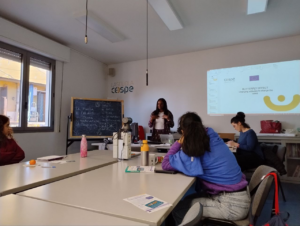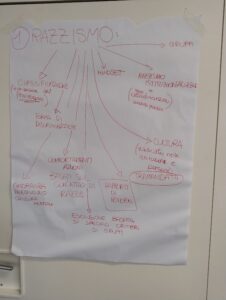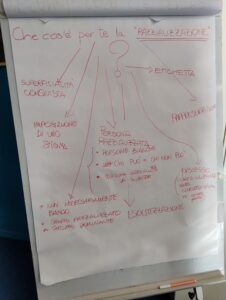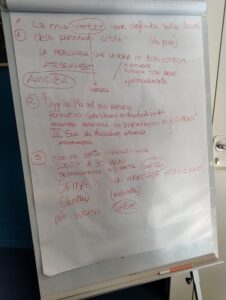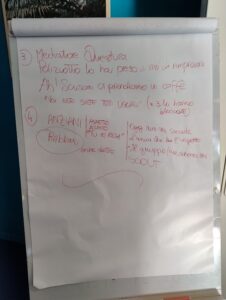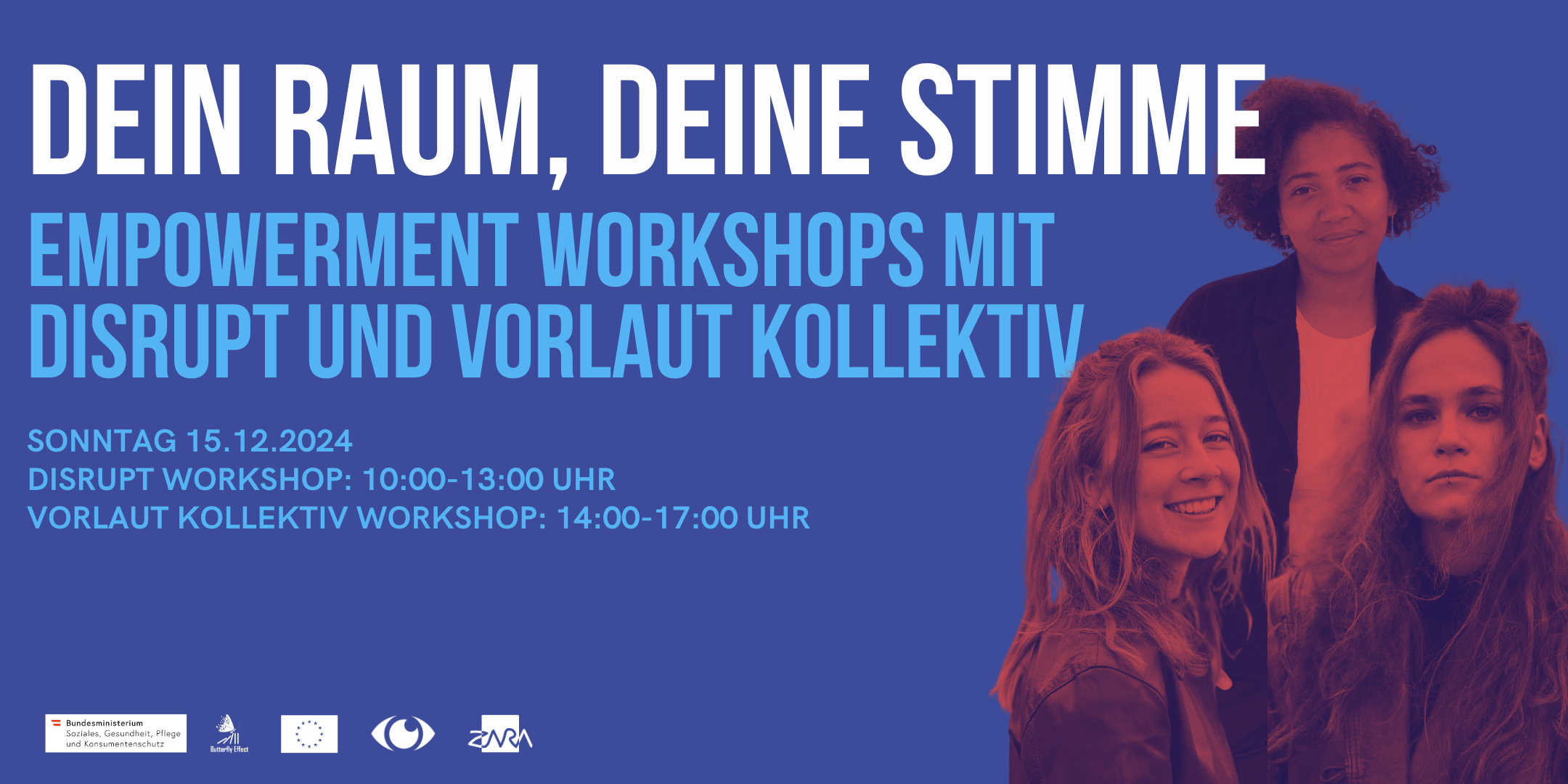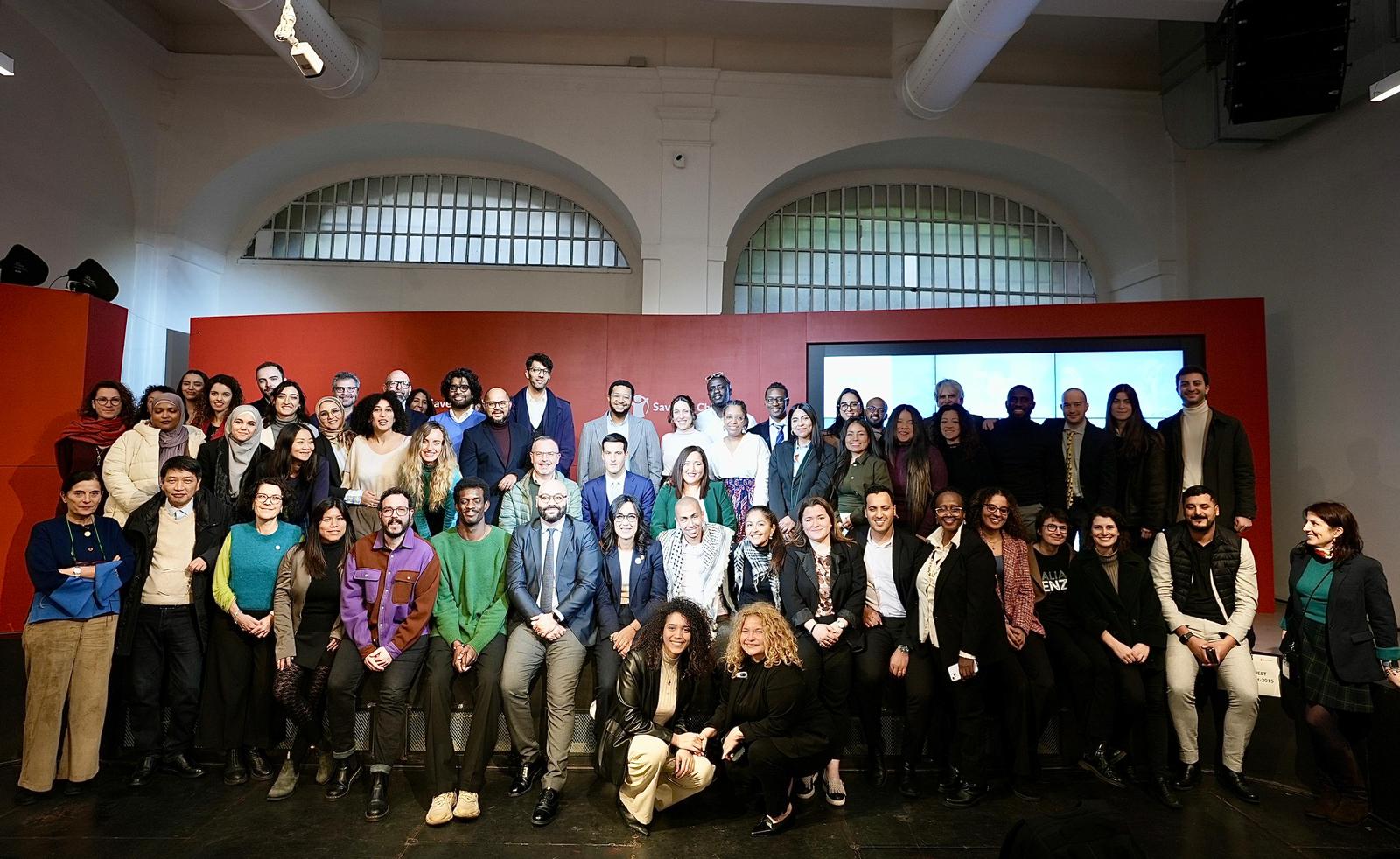The project Butterfly Effect – changing attitudes to change the world – is aimed at strengthening the capacities of youth, educational communities, and youth organizations to counter hate and racial incidents and to offer support to victims through an intersectional approach and innovative solutions. Actions include research aimed at identifying the characteristics and the impact of intolerance, racism and discrimination among the younger generation and understanding how to prevent and respond to hate incidents and crimes and how to support victims. Research guidelines have been produced and focus groups and interviews with people involved in youth organizations in Italy, Greece, Austria and Croatia are being conducted. Finally, a European report will be produced: it will include recommendations based on the findings, along with desk research on good practices.
A reflection meeting in the form of a Focus Group was held on November 25, at the COSPE’s headquarters in Florence. The purpose of the meeting was to address the issues of racism and discrimination from an intersectional perspective, with the participation of young people involved in associations in the area and through the facilitation of Cinzia Adanna Ebonine and Sonila Tafili. The dialogue focused on the most frequent forms of hate incidents and on the ways to recognize and react to them.
Participants’ experiences and perceptions of these phenomena were gathered during the focus group, starting with the questions, “What is racism?”, “What is racialization to you?”, “Do you feel racialized?”, “How do you feel when faced with news of hate crimes?”, “What are the possible strategies for prevention?”
These questions led to a reflection on different forms of racism, from institutional racism, to gender racism, in various life contexts (work, school, friendships, on the street, etc.) and the participants shared incidents they experienced directly or as witnesses. “Once upon entering police headquarters for work without a visible badge, a policeman took me by the arm, asking me why I was here and where I was going. Then he apologized by inviting me for coffee. Another time, three policemen stopped and checked me at the entrance without apologizing afterwards.”
“In the apartment building, my boyfriend was accused by a neighbor of littering the wall by carrying his bike, but the neighbor did not see him directly, and many people carry bikes down the apartment building’s stairs. As a girlfriend, my reaction is one of anger.”
Another person reported an incident that happened together with a friend of hers (they both wear headscarves) while they were in a car. They had taken a wrong turn and ended up on the wrong side of the road; a person on foot in the street told her friend that the headscarf made her wrong. The friend reacted defiantly, while she thought that the situation did not deserve attention or time. Reflecting, she said, ” Thinking in retrospect, that episode made me more aware and responsible to not let things slide in these situations.” She then recounted an episode she experienced at the information desk where she works: there was a user who was addressing a colleague in an agitated manner and she was trying to provide further guidance, but he told her “don’t answer me”. She perceived that “the element of being both a woman and a Muslim” affected the situation. Thus, the importance of analyzing these phenomena from an intersectional perspective emerges.
There is also an experience of emphasizing diversity from an early age that is not always experienced well, indeed. “I was asked in school to explain myself (you are Iranian, tell us about your country…), at age six and then in high school on historical issues while I was ashamed.”
Over time many of the participants feel they have gained awareness of reading incidents of racism, maturing specific modes of reaction. On a general level, participants called for a focus on language and media representation, which they judge to be exclusionary and racist.




